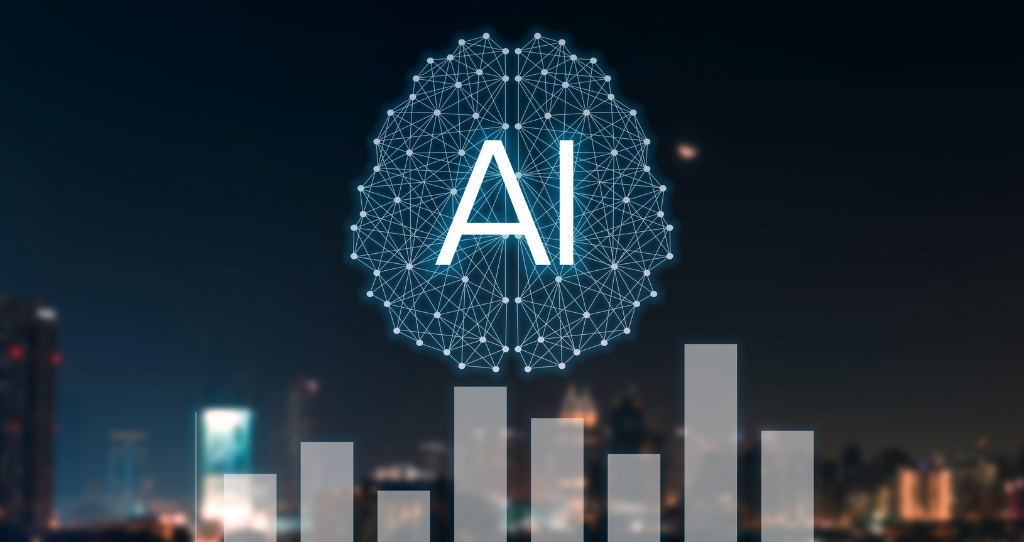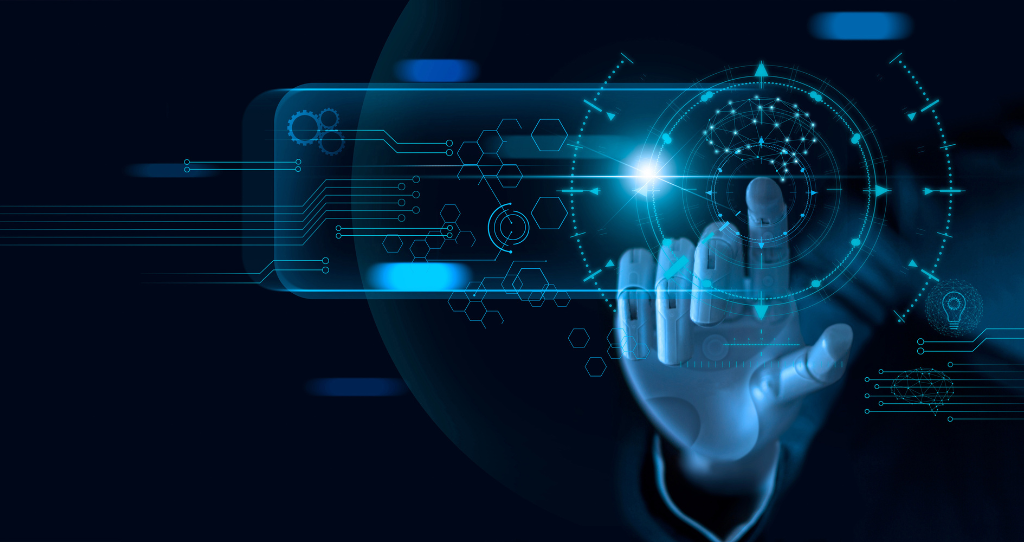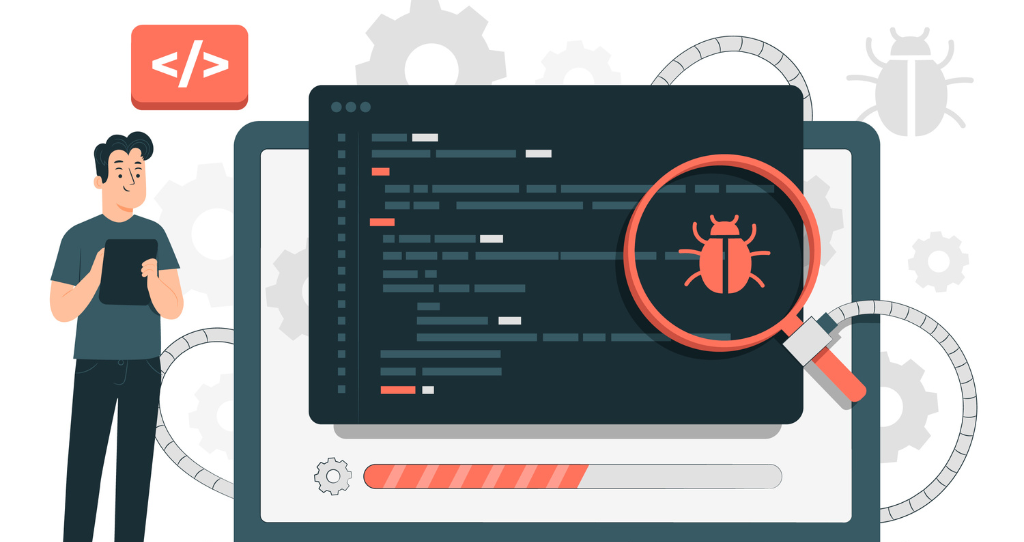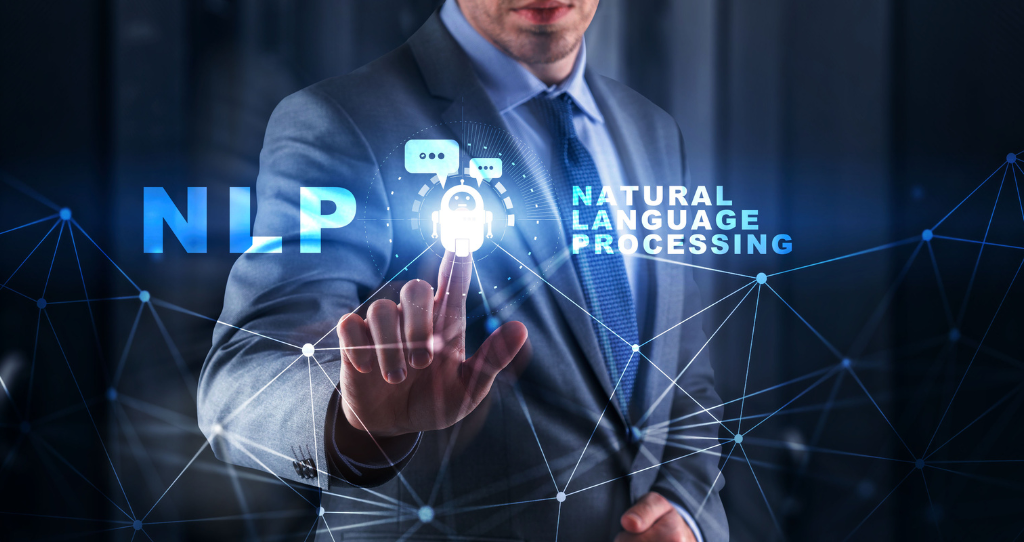
-
Apexlink
Real Estate
-
DLS
General Insurance
-
DMV
Government
-
Entiger
Fintech
-
GIS Mapping
Gas & Petroleum
-
HMS
Employee Benefit
-
HAWA
Government
-
Harley
Community
-
IHG
Hotel & Tourism
-
Sparkseeker
Humane Tech
-
Track Ninja
Sports
-
Response Vision
Disaster Management
- AI/ML Services
- Application Services
- Automation Services
- Cyber Security
- Chatbot Experts
- Data Analysis
- Data Warehouse Services
- Digital Commerce Services
- Digital Transformation
- Infrastructure Service
- Low Code/No Code
- Managed IT Services
- IT Support
- IT Consulting
- IT Outsourcing
- Mobile App Development
- IOS Development
- Android Development
- Cross Platform Development
- Gaming App Development
- Software Development
- System Design & Architecture
- Testing Services
- Web Development
Technological evolution has come a long way! The proposition that tasks could be automated with just a few lines of code would have been dismissed as hypothetical until a few decades ago. And yet, we have not only realized this vision but have transcended it, stepping into an era where the very act of writing code is being reimagined. We have tools like Devin AI that can single-handedly manage the entire process of creating and releasing software applications!
Amazing, isn’t it?
AI-augmented development is bringing about a seismic shift in the software engineering landscape, making traditional coding paradigms increasingly obsolete to usher in a new epoch of efficiency and innovation.
Driving Efficiency and Innovation through AI-Augmented Development

The foresight of NVIDIA's CEO, Jensen Huang, nearly a decade ago, that "AI is eating software," now resonates more profoundly than ever. The enhanced capabilities of the latest generative AI tools are helping drive significant changes in the software development domain. From addressing software quality issues and offering real-time code suggestions to automating various steps in the SDLC, the list of benefits of AI-augmented development are endless.
The new-age generative AI tools like GitHub Copilot, Amazon CodeWhisperer, and Google Codey are not only encouraging budding developers to innovate more freely but are also adding to the already extensive skillset of experienced developers. The upside? We get better quality software in lesser time.
AI-augmented software development is expected to drive efficiency and innovation in primarily four key areas of software development – requirement planning, enhancing productivity, deployment, and workload optimization. In addition to improving accuracy and productivity, AI-augmented software development helps speed up development cycles and decreases project costs significantly. A Gartner report underscores this trend, indicating that 78% of IT executives are either currently leveraging or planning to integrate AI-driven coding assistants into their development workflows.
Getting Started with AI-Augmented Development
Do you consider yourself a forward-thinking tech enthusiast? It is the right time for you to start leveraging AI-augmented development. A few ways to get started are:
- Start using AI-enabled code generation tools for writing and understanding code. You can also plug-in coding assistants to get predictions on what to expect.
- You can use generative AI tools such as ChatGPT to translate code from one language to another, offering an easy way to modernize software.
- Accurate calculation of technical debt is an essential aspect of software development lifecycle. Generative AI is arguably good at detecting and measuring sources of technical debt, consider leveraging it to demonstrate the implications, risks, and associated level of effort required.
- Generative AI has also raised the bar for UX designers to meet the growing expectations surrounding AI-powered software. Make sure you emphasize the design bit to avoid dissatisfaction among users.
- Utilize AI for software testing to improve test efficacy and faster delivery cycle times.
Get ready because this is your cue to maximize the potential of AI as a software development partner!
Components of AI-Augmented Development
Now, let’s get to the key components of AI-augmented software development that are reshaping how software is designed, developed, and maintained.
Automated Code Generation

This involves the use of AI to automatically generate code based on specified requirements or inputs. AI models, trained on vast datasets of code, can suggest or write code snippets, functions, or even whole modules, reducing manual coding efforts and increasing productivity. This technology can help developers by providing boilerplate code, suggesting optimizations, or converting natural language specifications into runnable code.
Code Review and Bug Detection

Seasia Agile Model consists of several AI tools that can analyze code to identify potential issues, such as bugs, security vulnerabilities, or deviations from coding standards before the code is merged into the main codebase. Using pattern recognition and machine learning algorithms, these tools learn from vast repositories of code and can spot complex issues that might be overlooked by human reviewers. The tools are also capable of suggesting fixes or improvements to ensure the code is of high quality.
Natural Language Processing

NLP enables computers to understand, interpret, and generate human language. In AI-augmented development, Natural Language Processing can facilitate a much more natural conversation between developers and development tools. For example, developers may state the features or bugs in natural language, whereby the AI would later translate the descriptions into code or technical specifications. NLP could be utilized to generate documentation or comments from the codebase.
AI-based Project Planning and Management
Tools for AI augmentation allow the project planning and management process, given that historical project data can be analyzed to predict timelines, efficient resource allocation, and potential bottlenecks or risks. Further, their machine-learning algorithms could proffer insight into team performance, task duration, and even project outcomes, allowing managers a better, informed decision-making process for keeping projects on track.
Automated Requirement Generation
This component involves using AI to translate business needs and goals into detailed technical requirements automatically. These artificial intelligence tools analyze project objectives, market research, and user feedback to outline specific features, performance criteria, & design considerations necessary for the development team to follow. This can streamline the initial phases of development and ensure that the project aligns with user expectations and business goals.
AI-based UX/UI Designs
AI tools can significantly impact the design process by generating UI mockups and UX flows based on best practices and user data. AI can analyze user interactions, perform A/B testing at scale, and suggest design improvements tailored to enhance usability and engagement. These tools can help designers create more effective and personalized user interfaces by providing data-driven insights.
AI-Augmented Development – Impact Across Domains
AI-augmented development is impacting a wide range of domains worldwide, especially enterprise software development, and web development & mobile development.
Software Engineering
AI has long revolutionized how software is developed, tested, and deployed. From automatically generating code to intelligent bug detection and code review, AI makes software development faster, more efficient, and comparatively less erroneous. It enables developers to automate most repetitive software development tasks, allowing them to focus on more challenging and innovative software development activities.
Web and Mobile Application Development
Augmented AI development results in personalizing and making web and mobile applications more dynamic. The design process itself gets AI integrated, and with it, developers can now come up with interfaces that are more instinctive and user conducive. AI can also personalize content and features, creating a delightful user experience for each user.
AI-augmented development is already being used extensively to drive meaningful changes and unparalleled efficiency across a wide range of industries including real estate, healthcare, and fintech among others. And as technology gains more momentum, the number of new opportunities and challenges across industries will also multiply significantly.
Apply AI-Augmented Solutions to Your Business
Making the most of AI-augmented solutions is an extensive process. To make the most out of its potential, you may start with identifying areas for potential AI integration, research available tools to pick the one that best suits your requirements, collaborate with the development team while also providing them with relevant training, and finally, continuously monitor their progress.
The best foot forward, especially if you don’t have an in-house development team, would be to partner with a software development company having enough expertise and experience not just with AI, but in your market niche too.
Looking to get started? Schedule a consultation now!







 Blockchain
Blockchain Cloud Computing
Cloud Computing Infrastructure
Services
Infrastructure
Services Metaverse
Metaverse QA
Automation
QA
Automation UI/UX
UI/UX







